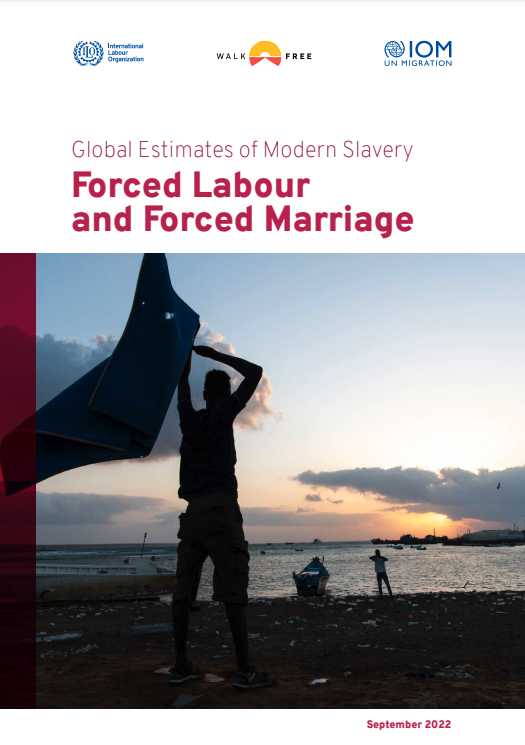Millions More in Forced Labor Worldwide Than Five Years Ago
A new report says millions more people are living and working in conditions of forced labor than five years ago.
A new report says millions more people are living and working in conditions of forced labor than five years ago.

 A new report this week from WalkFree in partnership with the International Labor Organization and the United Nations International Organization for Migration shows a marked increase in severe exploitation of workers across the globe. The report estimates 27.6 million people worldwide now live and work under conditions of forced labor, up from 24.9 in 2016.
A new report this week from WalkFree in partnership with the International Labor Organization and the United Nations International Organization for Migration shows a marked increase in severe exploitation of workers across the globe. The report estimates 27.6 million people worldwide now live and work under conditions of forced labor, up from 24.9 in 2016.
Of that, 17.3 million of these survivors – nearly two-thirds – are part of the private economy, contributing essential services, gathering and extracting raw materials, and producing the goods that we all consume. That total is up 1.3 million from five years ago. This exploitation often occurs in broad daylight, within the supply chains and workforces of virtually every industry, and throughout every geographic region.
Migrant workers are estimated to be three times more likely than other populations to end up in these conditions.
Corporations, governments, industry groups, investors, law enforcement and other institutions with the power to protect these workers should be taking meaningful action to end this crime, and they should be held accountable if they do not.
We also all must heed WalkFree’s first recommendation regarding forced labor, which is to expand workers’ voices. As the report says, this includes advocating for the freedoms of speech, association and collective bargaining.
Humanity United believes that organizations, including HU, that are working to protect workers while operating from positions of influence and privilege must do more to invite workers and survivors to guide our efforts in the search for solutions. We believe the voices of workers must be sought out and heard not just by those who can hold their exploiters accountable, but by those of us working on their behalf.
For all the progress we know has been made, these numbers can feel disheartening, especially given that some of the research for this report was conducted before the start of the COVID-19 pandemic, which we know has worsened conditions for vulnerable workers. But this is an uphill climb, and we are seeking to change a powerful system that actually requires labor exploitation in order to operate as it’s meant to.
We also know that we continue to learn valuable lessons about which parts of that system we need to focus on and who should lead us if we are to truly improve the lives of workers. We know we can adapt and improve. We hope these estimates remind us of why we do this work and why we need to increase our efforts.